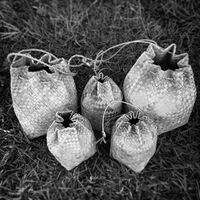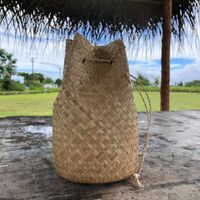Kostat tengguang: Difference between revisions
From ChamoruWiki
Jump to navigationJump to search
No edit summary |
No edit summary |
||
| Line 18: | Line 18: | ||
== Museum holdings == | == Museum holdings == | ||
=== The National Museum of Ethnology (国立民族学博物館) === | |||
* [https://htq-fs.minpaku.ac.jp/mocat/K0000711 kostat tengguang (K0000711)] | |||
=== Oakland Museum of California === | |||
* [https://portal.museumca.org/catalog/0e302ade-3ef9-4a00-a427-1ff35a4d64ef kostat tengguang (H79.75.47)] | |||
=== Spain National Museum of Anthropology (Museo Nacional de Antropología – Madrid) === | === Spain National Museum of Anthropology (Museo Nacional de Antropología – Madrid) === | ||
| Line 23: | Line 30: | ||
* [https://ceres.mcu.es/pages/Main?idt=22346&inventary=CE2139&table=FMUS&museum=MNA kostat tengguang (CE2139)] | * [https://ceres.mcu.es/pages/Main?idt=22346&inventary=CE2139&table=FMUS&museum=MNA kostat tengguang (CE2139)] | ||
== References == | == References == | ||
Revision as of 20:42, 9 May 2025
Kostat tengguang is a drawstring bag of varying size, generally taller than wide, plaited from åkgak leaves in a diagonal weave pattern. The drawstring at the top of the plaited bag is either twisted åkgak cordage, or round-weave cordage.
Uses
(to be added)
History
(to be added)
Cultural significance
(to be added)
Gallery
-
A group of kostat tengguang (lunch bags) woven from åkgak. The larger kostat tengguang on the left and the smaller one just in front of it were woven by Master Weaver Defunta Tan Elena Benavente from the island of Guam, and the remaining three to the right are reproductions of them woven by Chamoru weaver James C. Bamba.
-
A round bottomed kostat tengguang photographed in Luta, CNMI. Woven by James C. Bamba
Museum holdings
The National Museum of Ethnology (国立民族学博物館)
Oakland Museum of California
Spain National Museum of Anthropology (Museo Nacional de Antropología – Madrid)
References
(to be added)

